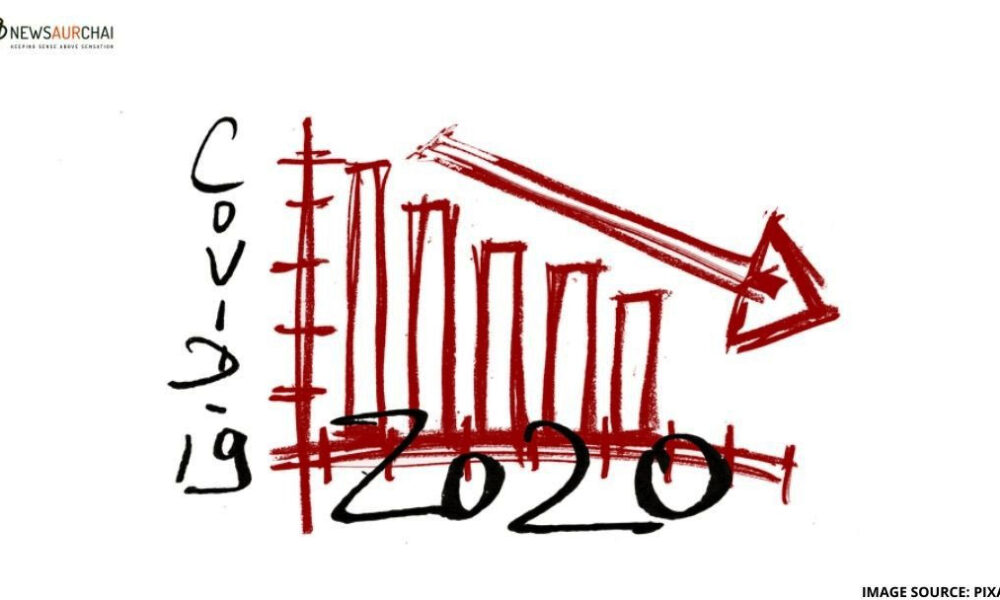As the global economist and rating agencies unanimously speak about the impending global recession, which might even fall further than the 2009 recession, every economy is preparing to face the same amidst COVID-19 outbreak. India is no exception to the upcoming recession, which is predicted to take the turn of depression as well.
However, India is said to have a silver lining as experts believe that it might not slip into recession, unlike the Eurozone, the US, or Asia-Pacific that have stronger trade ties with China, analysts assume the impact of the recession on India’s GDP will be significant.
India is currently amid a 21-day lockdown, that began on March 25, to contain the spread of the coronavirus. The result of this move will spill over to the financial year 2021, which starts on April 1.
On March 26, Finance Minister Nirmala Sitharaman announced Rs 1.7 lakh crore relief package aimed at cushioning the turmoil. India’s central bank joined the fight the following day with sharp interest rate cuts and a slew of unconventional measures directed at making credit available to blockaded businesses.
In India, GDP growth is already at a decadal low, and any further dip in economic output will bring more misery to workers who have seen their wages erode in recent times.
Here’s what major rating agencies forecast about India’s GDP growth:
Moody’s
Moody’s Investors Service, on March 27, sharply slashed its prediction for India’s GDP growth in the calendar year 2020 from 5.3 per cent to 2.5 per cent. This is the second markdown within ten days and it came after Prime Minister Narendra Modi announced the 21-day lockdown due to coronavirus.
In its Global Macro Outlook 2020-21, Moody’s indicated severe liquidity constraints in India’s banking and non-banking sectors as a hindrance to growth.
The Moody’s forecast for the worldwide economy was even more stark— a real GDP in the global economy to contract by 0.5 per cent in 2020, followed by a pickup to 3.2 per cent in 2021.
Standard & Poor’s
Earlier, global rating agency S&P had estimated India’s GDP growth for the fiscal year 2021 at 6.5 per cent, which on March 23 have been slashed and is expected to fall to 5.2 per cent. In the following year, growth is likely to be 6.9 per cent, compared to 7 per cent estimated earlier.
For the fiscal that ended on March 31, it had set the real GDP estimate at 5 per cent. It expected a 7 per cent growth in 2022-23 and 2023-24 fiscal years.
S&P stated that a recession across Asia-Pacific is now inevitable due to disturbances in China. As on March 23, S&P noted that the effect of policy measures aimed at assisting vulnerable sectors and workers would “wane the longer the crisis lasts.”
Fitch
In its Global Economic Outlook 2020, published on March 20, Fitch Ratings said India’s GDP would grow at 5.1 per cent in the fiscal year 2021. This is a downward revision of its earlier estimate of 5.6 per cent in December 2019.
Fitch pointed out the risk from failure of Yes Bank apart from the COVID-19 pandemic. The financially troubled private lender was recently taken over by a consortium led by the State Bank of India under the shelter of the Reserve Bank of India (RBI).
Adding to this, Fitch stated that “The overall financial system remains burdened with weak balance sheets, which will curb any upside to credit growth despite policymakers’ efforts in recent months to ease stress.”
Crisil
In a note on March 26, domestic rating agency Crisil cut its base-case GDP growth forecast for India in the financial year 2021 from 5.7 per cent to 5.2 per cent. It predicted that there are further downside risks if the COVID-19 pandemic is not contained by April-June 2020, or if it spreads rapidly in India, affecting domestic consumption, and investment.
The pandemic is a threat greater in scale than the global financial crisis of 2008 as it not only crashes the brakes on economic activity and endangers financial stability, but also brings with it immense human misery not seen in decades.
CARE Ratings
Mumbai-based CARE predicts that growth in the January-March 2020 quarter could plunge to 1.5-2.5 per cent “as the usual ramping up of production due in the year-end could not be implemented due to the shutdown.” Earlier CARE predicted a 4.7 per cent growth in the period.
CARE further added the real impact of the 21-day lockdown would be felt in the first quarter of the budgetary year 2021. It stated “with two-thirds of the impact being passed on to the April-June quarter. This can potentially lead to a de-growth in GDP.”
Several recouping have to be done during “the ten weeks following the shutdown” to prevent GDP from contracting in the first quarter. GDP can grow at 3 per cent if there is a recovery of losses and the lockdown ends on April 14. Two factors that have to drive this recovery aggressively are government expenditure and the banking sector, which should augment credit to all the sectors. Growth could be lower at 1.5-2 per cent if this does not happen.
